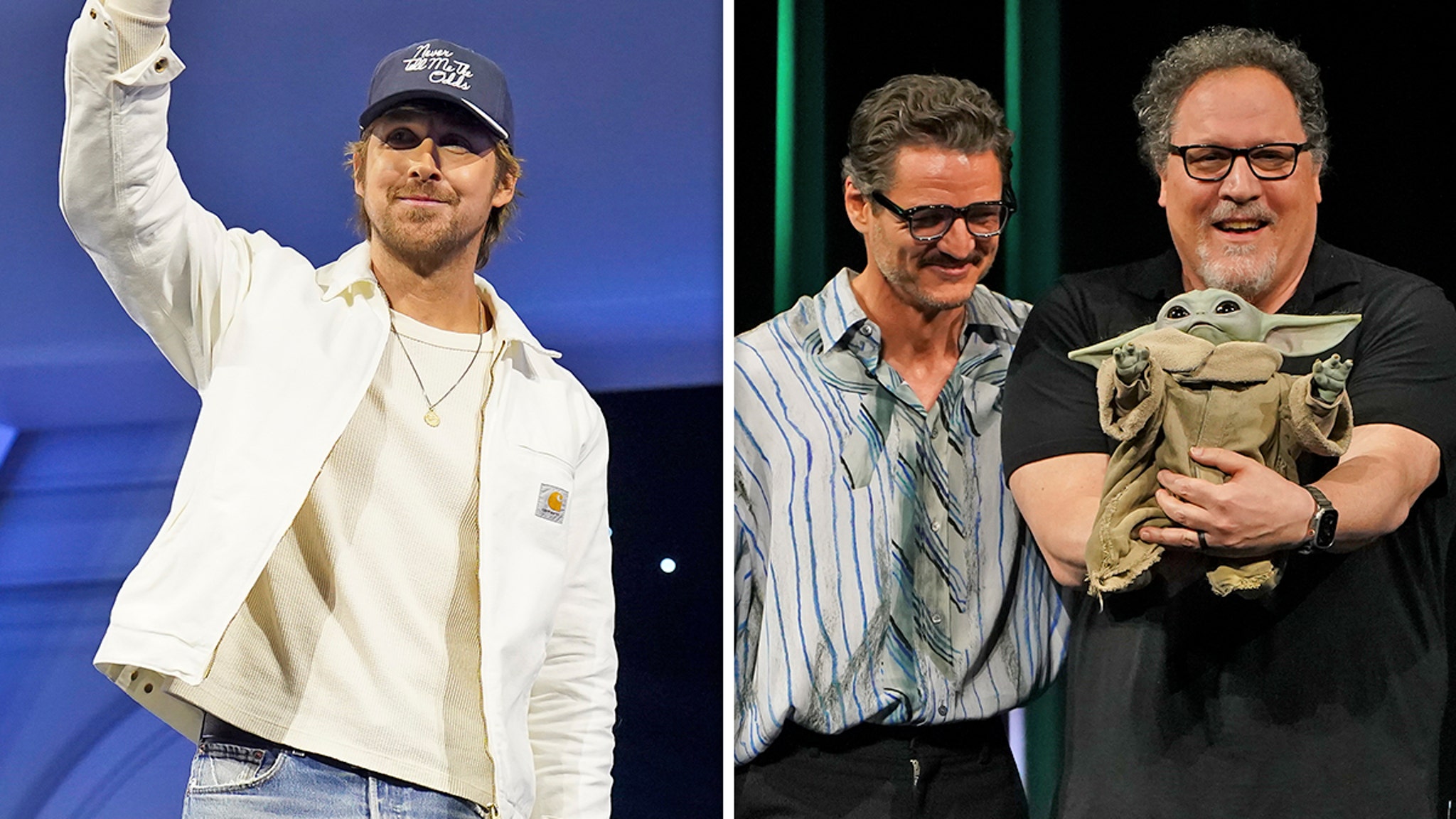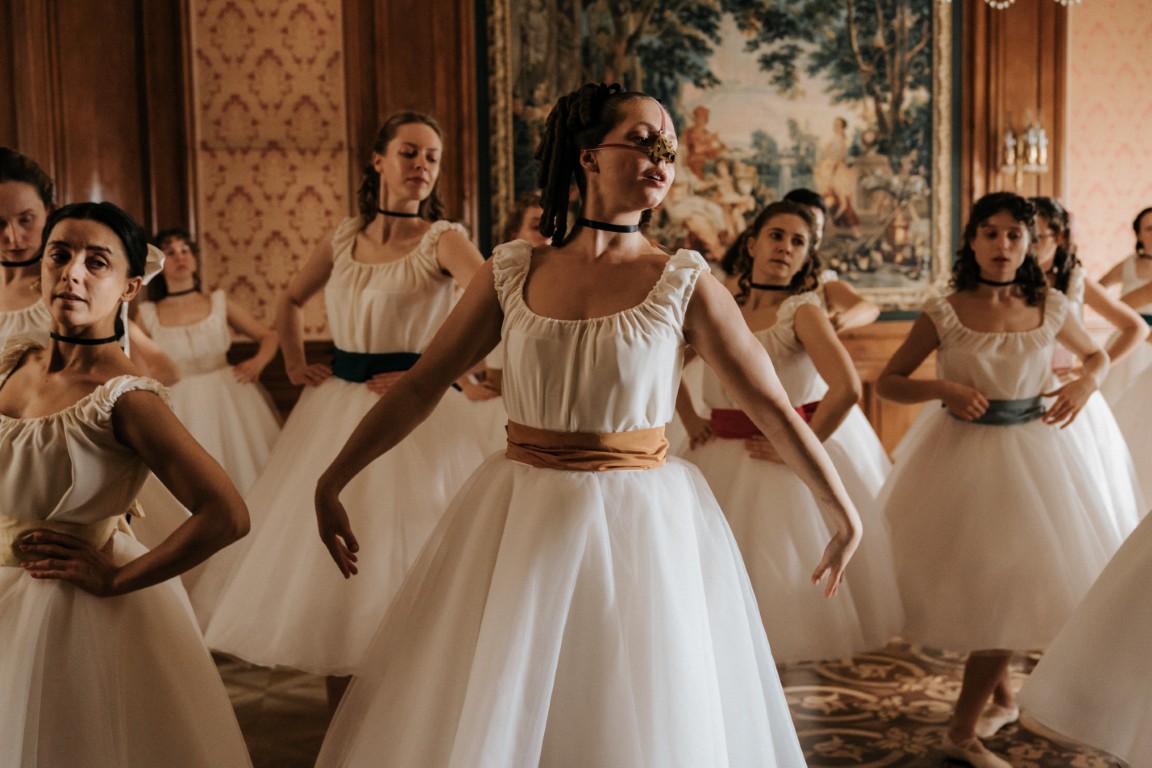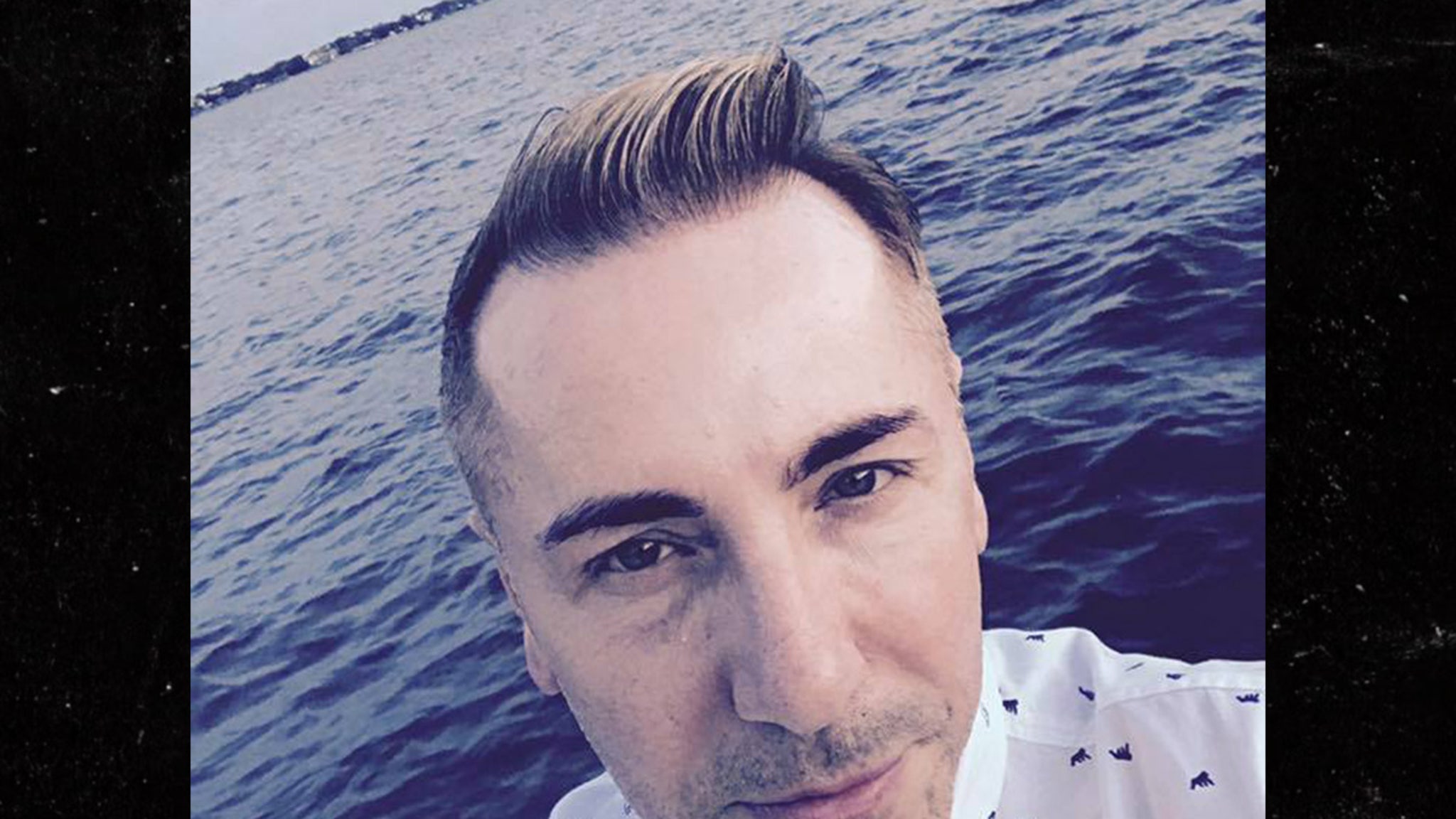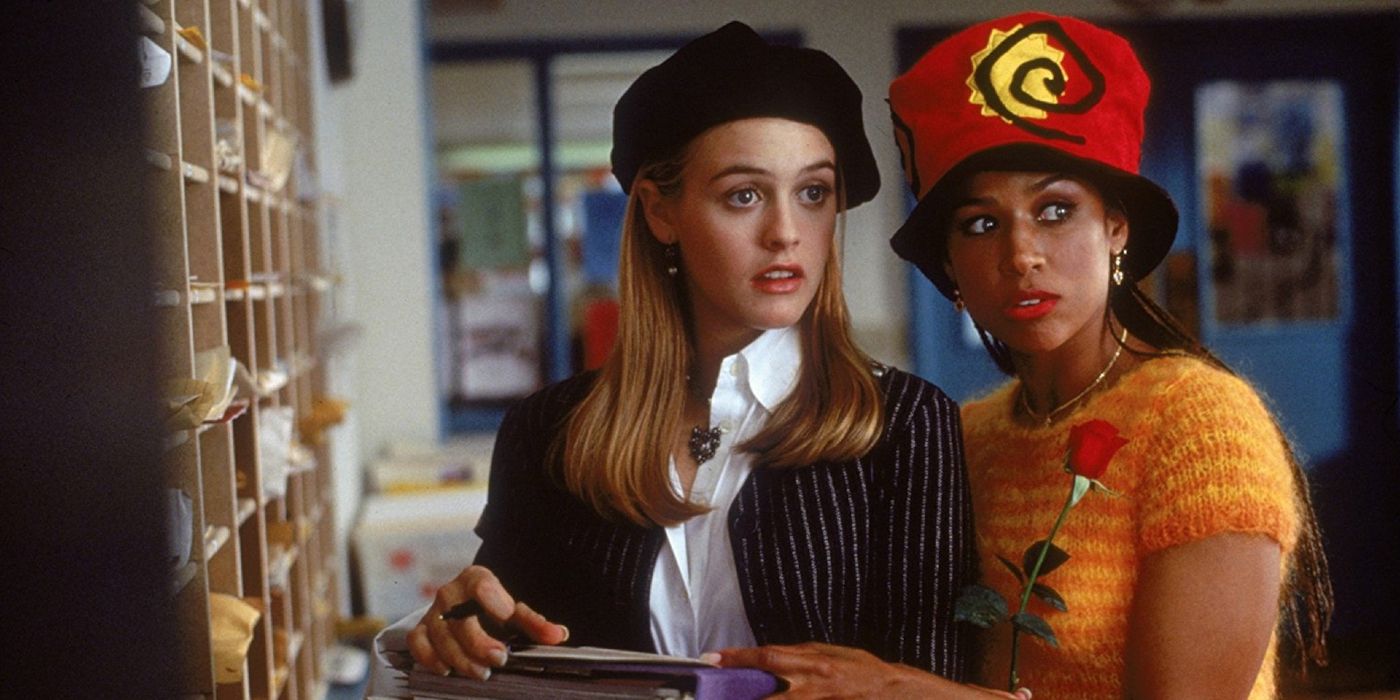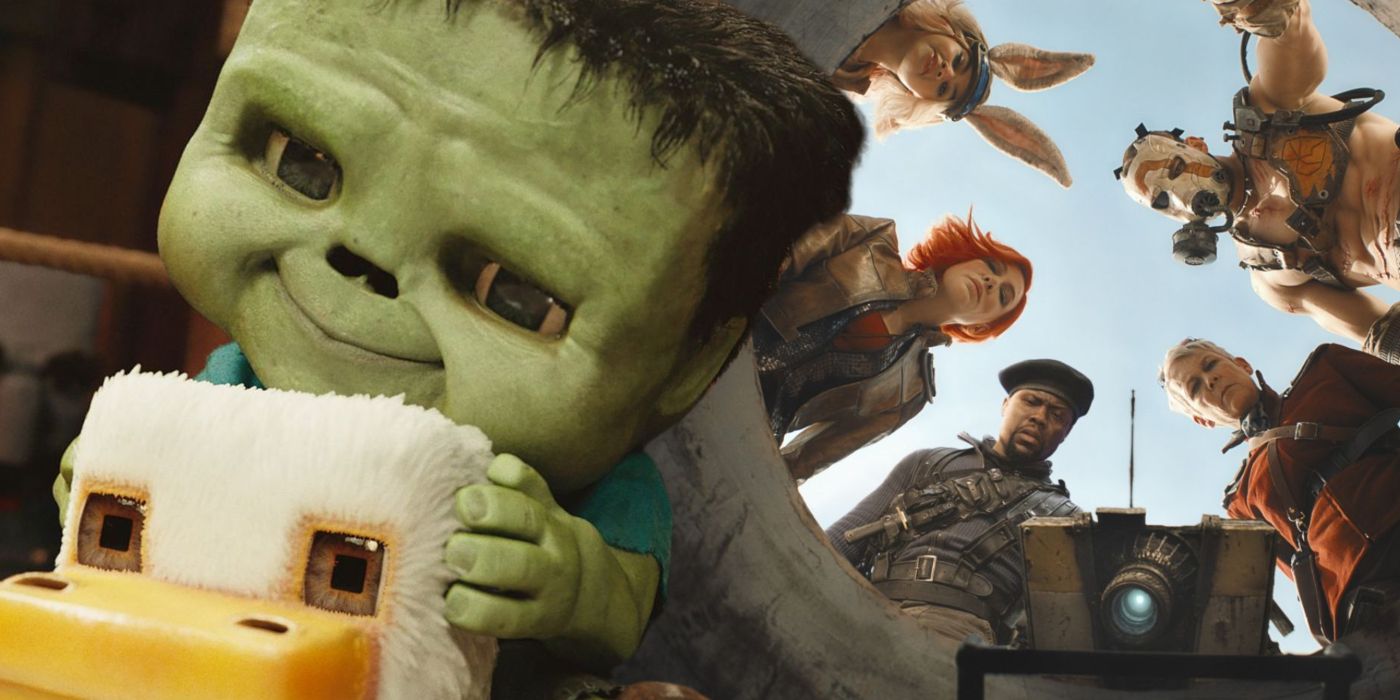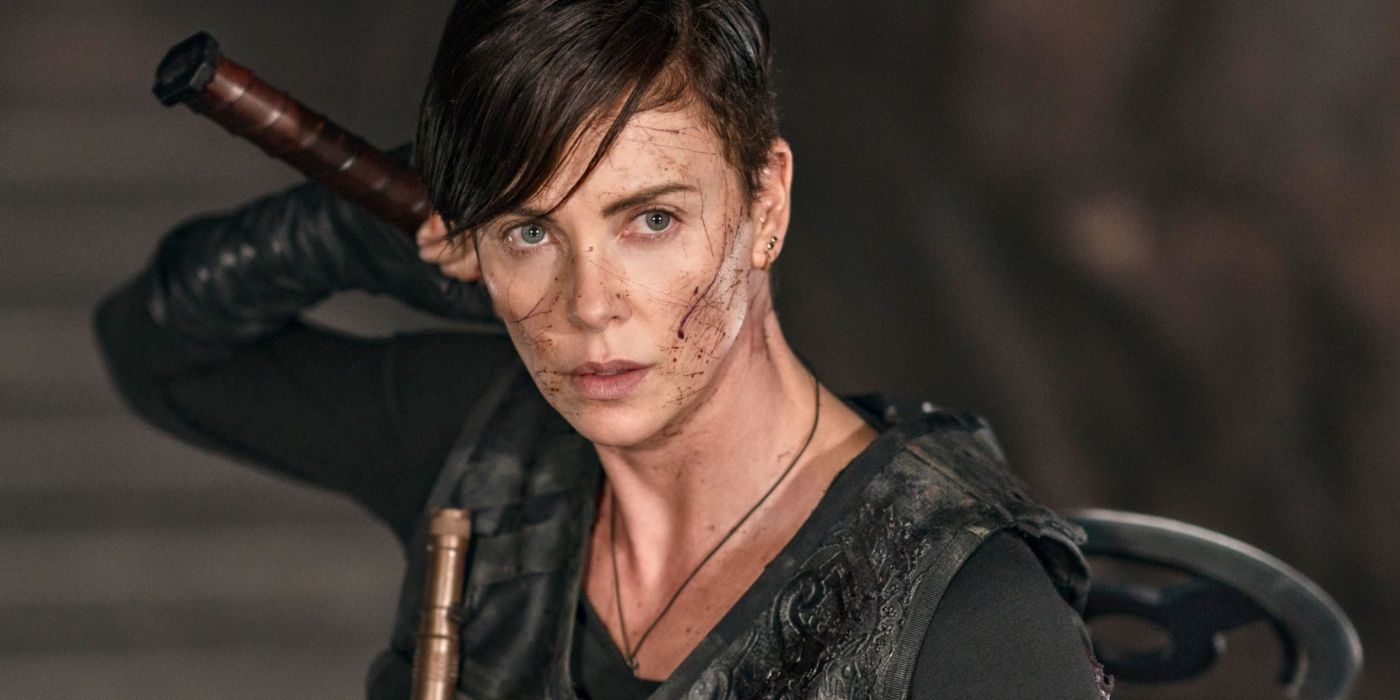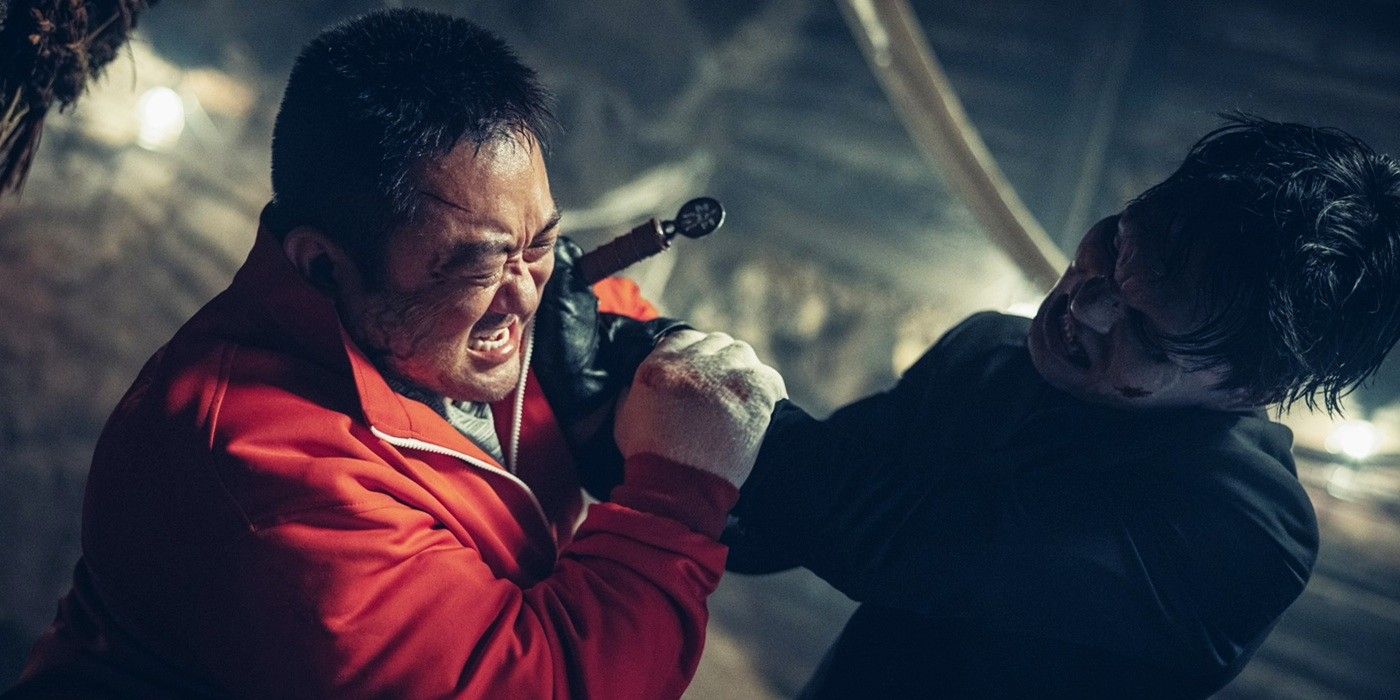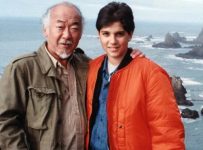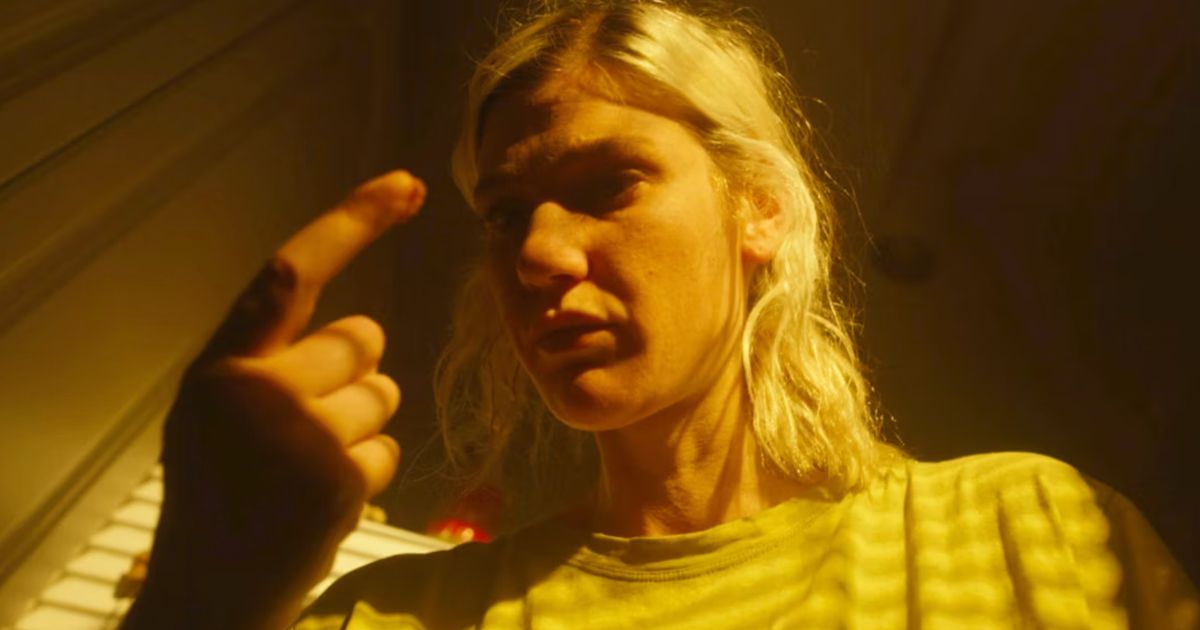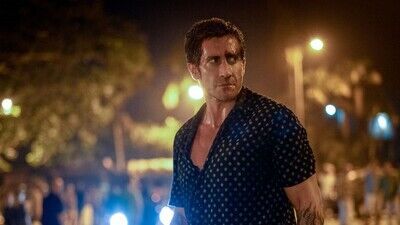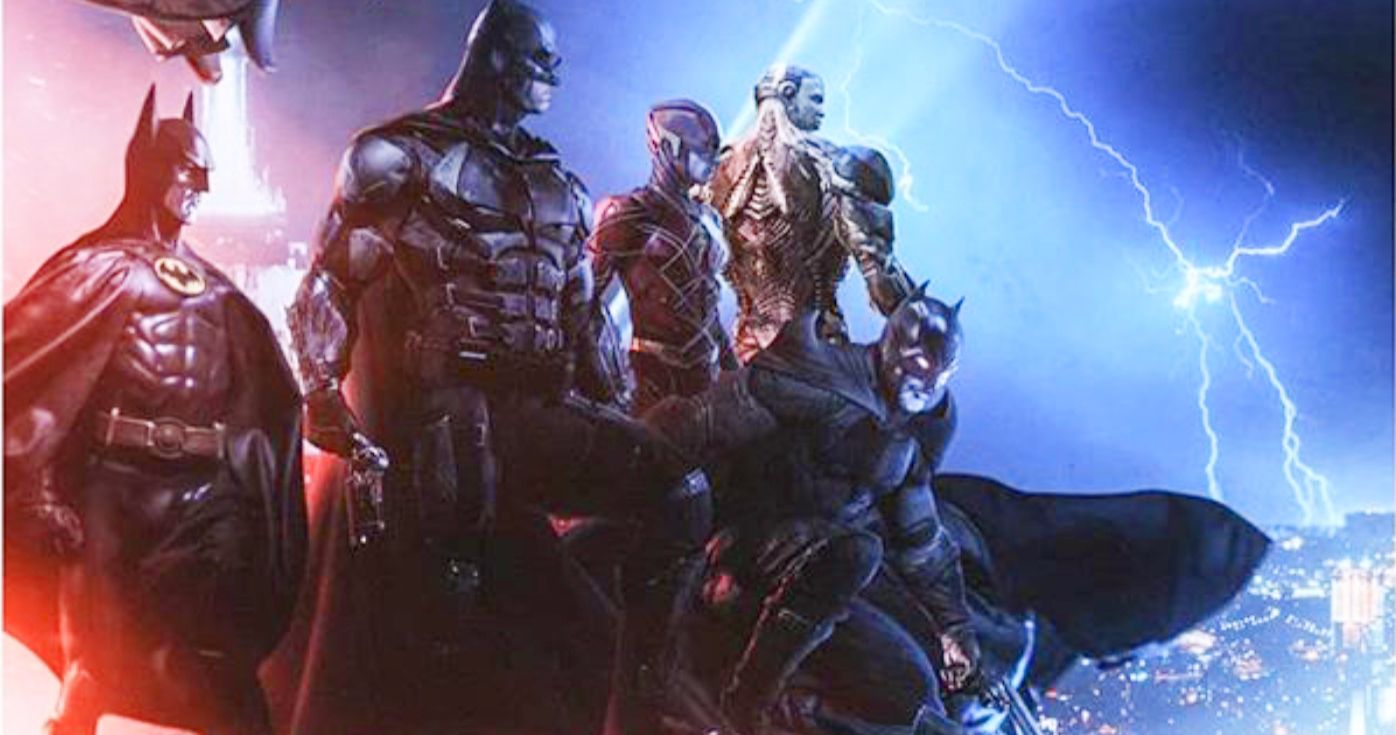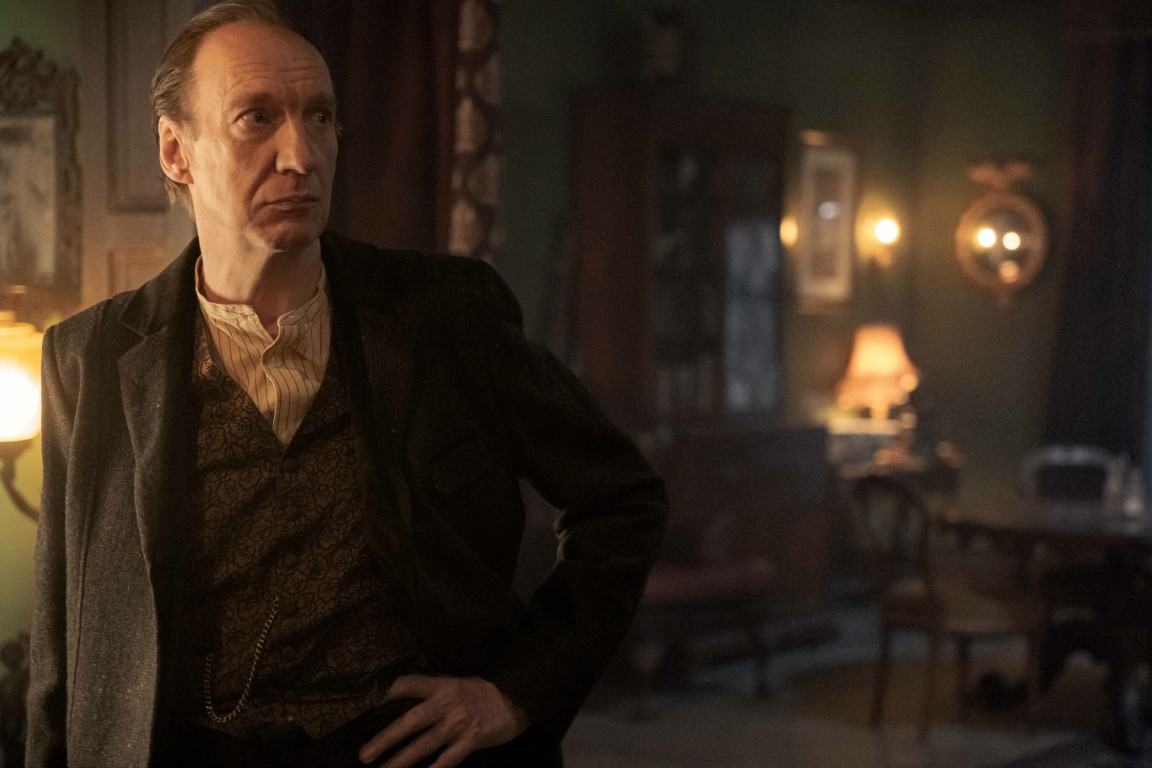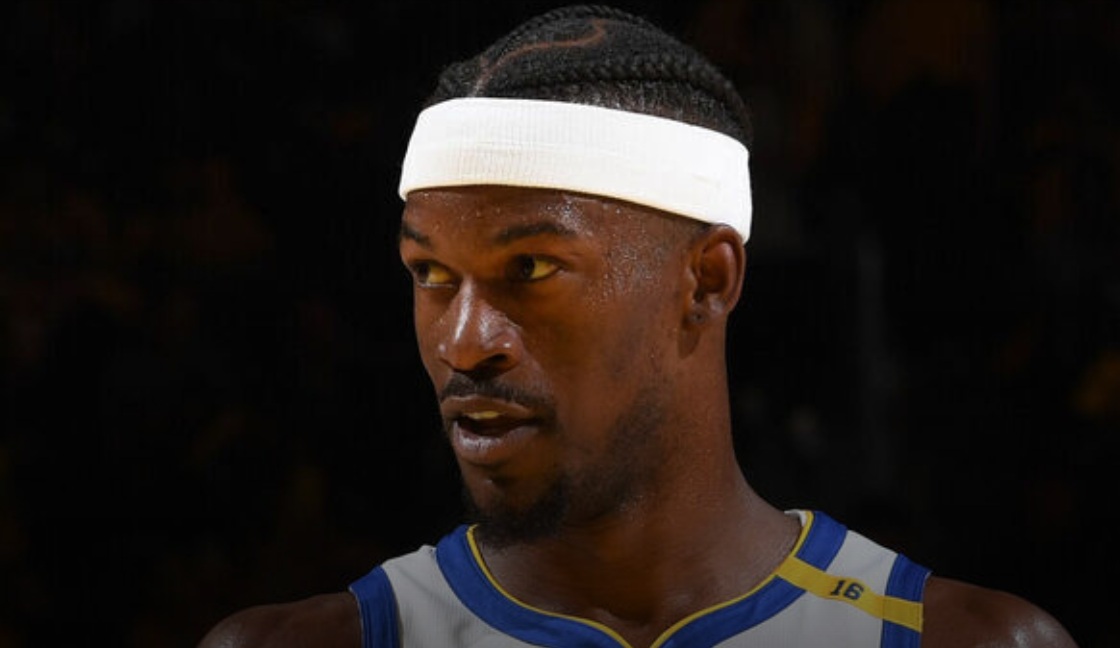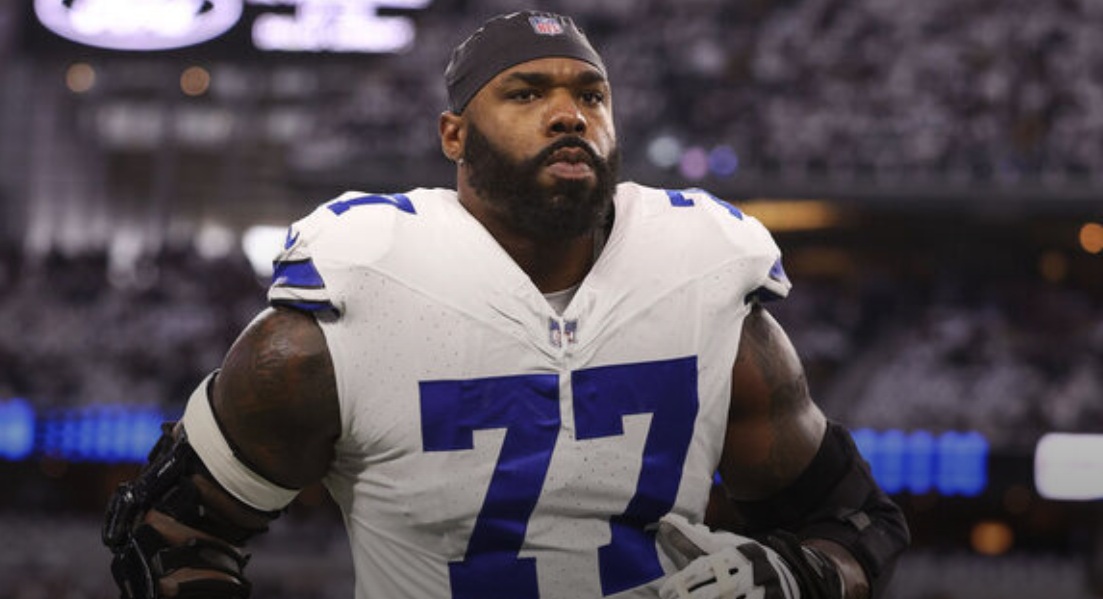That TV clip is shown in the film, which is technically set in 1980, when Paul Graff (Banks Repeta), whose name and red hair bear obvious similarities to the director’s, is starting sixth grade at a public school in Queens. A mild troublemaker, Paul becomes a kind of classroom two-man act with Johnny (Jaylin Webb), a Black student who consistently receives harsher punishment than Paul from their teacher (Andrew Polk). Paul wants to be an artist, an interest his English grandfather, Aaron (Anthony Hopkins), cultivates by buying him a paint set, even as Paul’s parents (Anne Hathaway and Jeremy Strong) see it as impractical. When the class is on a field trip to the Guggenheim, Gray momentarily uses the scene as an occasion for an “8½”-like interlude in which Paul’s former teachers pay tribute to him as a famous artist.
Paul is conscious of having advantages; when he and Johnny play hooky from the trip and explore Manhattan, Johnny points out that no punishment will come to him because his mom is president of the PTA. But the film lays out a clear hierarchy of privilege in which Paul clearly does not stand at the top. Aaron, the son of a Ukrainian-Jewish mother who saw her parents slaughtered in front of her, has worked hard to assimilate; he tells Paul that now that he has the last name Graff, he can blend in. But when Paul, having gotten in trouble in one time too many at public school, is enrolled at a private school called Forest Manor Prepartory, it takes a faculty member only a moment to get Paul to admit that Graff was changed from Greizerstein. At this school, Fred Trump (John Diehl) is a big donor, Maryanne Trump (Jessica Chastain in a cameo) pops in to give a motivational speech, and most of the kids are actually excited by the prospect of a President Reagan.
Johnny, meanwhile, can never step out of his skin. (Aaron advises Paul to “be a mensch” to Black and Hispanic kids who haven’t had his advantages.) “Armageddon Time” builds beautifully to a climax in which Paul is forced to grapple with whether he really does have his friend Johnny’s back. The dynamics of cruelty and compassion are well-etched: Irving, Paul’s father, beats him with a belt, but is also capable of giving his kids wise counsel at a funeral and, later, at what must be one of the lowest moments of Paul’s life. In his mannerisms here, Strong—just as excellent as on “Succession” but barely recognizable—uncannily resembles Gray, a booming personality who, one presumes, took after his dad.
You can view the original article HERE.

